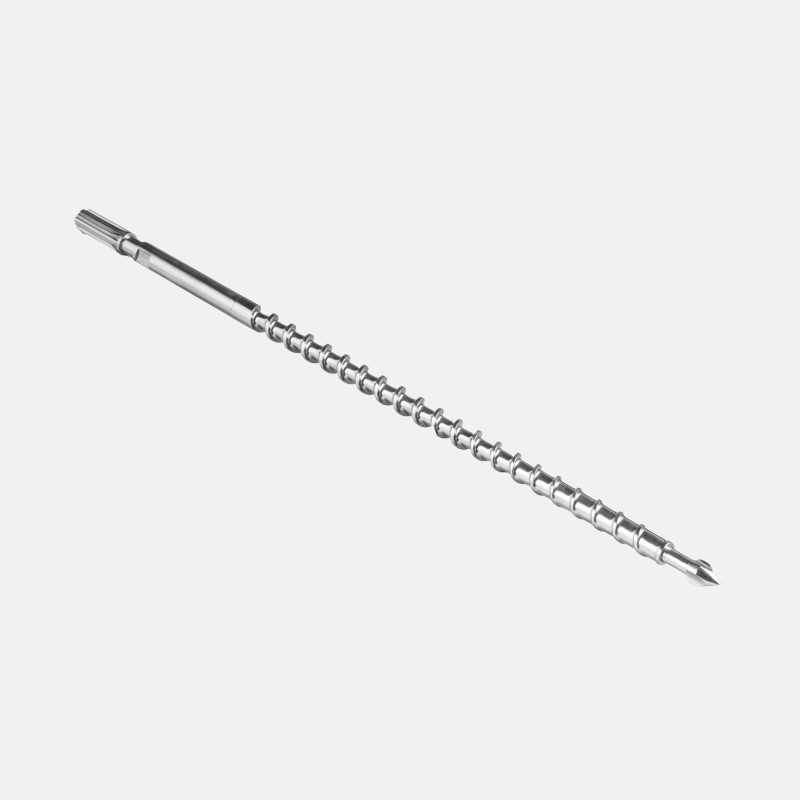Identify wear and tear:
Observe the appearance: Check the
screw barrel surface regularly for possible signs of wear. For example, if the surface shows visible scratches, scuffs, or shiny areas, this could be a sign of wear and tear.
Measuring Diameter Change: Use a precision measuring tool, such as a micrometer or outside diameter caliper, to measure the diameter of the screw barrel. Compare the measurements. If the diameter changes significantly, it may indicate wear.
Surface texture inspection: Check the surface of the screw barrel by hand to look for areas with irregularities, unevenness or obvious changes. These can all be problems caused by wear and tear.
Check the screw groove shape: Observe the screw groove of the screw barrel and note whether there are any irregular shapes or changes in the groove profile. Wear can cause the screw channel to lose its original shape.
Take repair measures:
Recoat the surface: For light wear, consider recoating the screw barrel surface. For example, use high-hardness coating materials, such as spraying wear-resistant alloys, to improve the wear resistance of the surface.
Grinding and Polishing: Moderate wear can be repaired by grinding and polishing. Abrasive tools are used to remove the damaged surface layer, followed by a polishing process to make the surface smoother.
Replace damaged parts: For severe wear, damaged parts may need to be replaced. For example, replacing damaged areas or the entire surface of the screw barrel. This may require specialized skills to ensure that the replaced part meets strict engineering specifications.
Improve the cooling system: If the wear is related to overheating, the cooling system can be improved. For example, increasing coolant flow and improving radiator design to ensure that the screw barrel maintains the proper temperature during operation.
Regular maintenance: Implement a regular maintenance schedule, including cleaning and lubrication. Using the proper lubricant can help slow the progression of wear. For example, specific lubricants or fats are applied regularly to maintain good friction properties.
Halogen-free screw assembly

 English
English 简体中文
简体中文 España
España عربى
عربى








